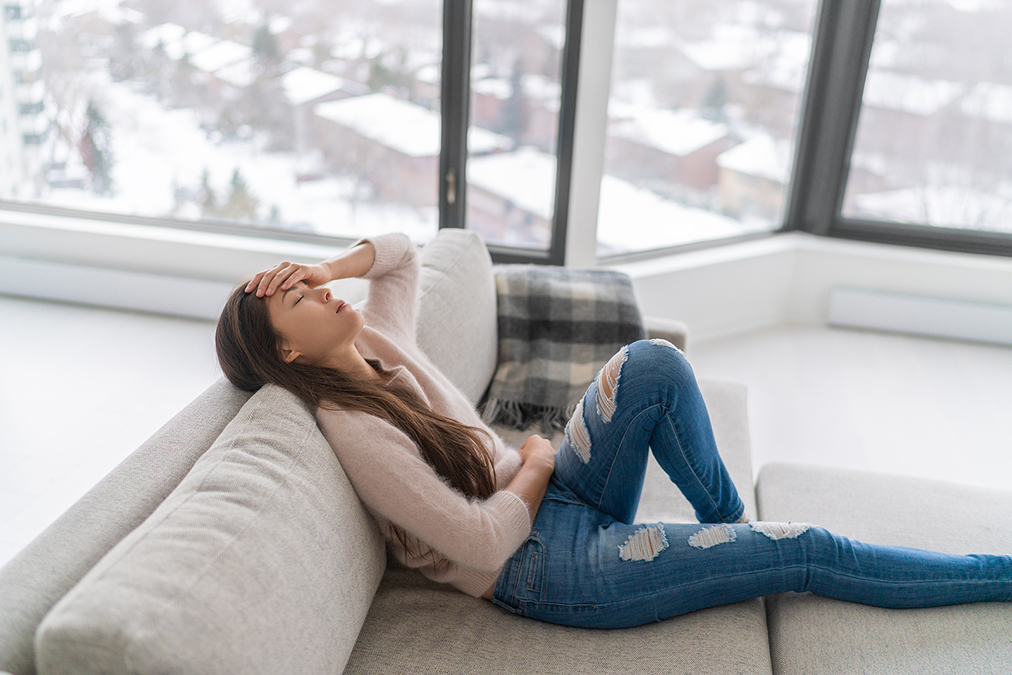 Feeling anxious after seeing something unsettling?
Feeling anxious after seeing something unsettling?
New research suggests a simple breathing pattern might help you steady yourself more quickly.
A recent trial led by Iwabe and colleagues studied 17 healthy adults.
The goal was to see if slow-paced breathing could reduce anxiety and change brain activity after exposure to negative images.
Participants tried two types of breathing:
-
• slow breathing (inhale 4 seconds, exhale 6 seconds)
• normal, resting breathing.
Each session lasted 5 minutes.
Measurements were taken before, immediately after, and then again after showing stressful images.
Here’s what they found:
-
• Anxiety scores dropped after slow breathing, both right after the exercise and after the negative images.
• Brainwave activity in the mid-frontal region shifted in a way linked with better emotional control. Activity on the left side increased, which is thought to reflect resilience against negative emotion.
• Heart rate variability also improved, showing that slower breathing influences both the mind and body.
Most anxiety treatments rely on therapy or medication. This study shows that breathing alone can reduce stress in the moment. It’s quick, safe, and doesn’t require any equipment.
But if you suffer from chronic anxiety, breathing better is not enough.
Many readers have however overcome their anxiety using the simple steps explained here…

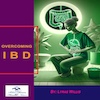 Overcoming IBD
Overcoming IBD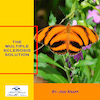 Multiple Sclerosis
Multiple Sclerosis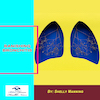 Banishing Bronchitis
Banishing Bronchitis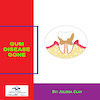 Gum Disease Gone
Gum Disease Gone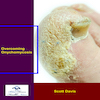 Overcoming Onychomycosis
Overcoming Onychomycosis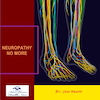 Neuropathy No More
Neuropathy No More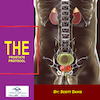 The Prostate Protocol
The Prostate Protocol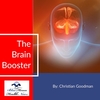 Brain Booster
Brain Booster
 Ironbound
Ironbound
 Solution for Shingles
Solution for Shingles
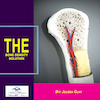 The Bone Density Solution
The Bone Density Solution
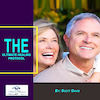 The Ultimate Healing Protocol
The Ultimate Healing Protocol
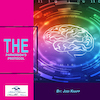 The Parkinson's Protocol
The Parkinson's Protocol
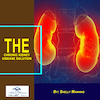 The Chronic Kidney Disease Solution
The Chronic Kidney Disease Solution
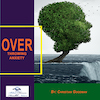 Overthrowing Anxiety
Overthrowing Anxiety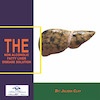 The Fatty Liver Solution
The Fatty Liver Solution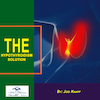 The Hypothyroidism Solution
The Hypothyroidism Solution
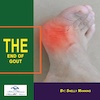 The End of Gout
The End of Gout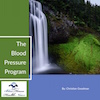 The Blood Pressure Program
The Blood Pressure Program
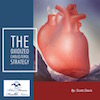 The Oxigized Cholesterol Strategy
The Oxigized Cholesterol Strategy
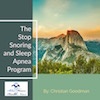 Stop Snoring And Sleep Apnea Program
Stop Snoring And Sleep Apnea Program
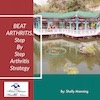 The Arthritis Strategy
The Arthritis Strategy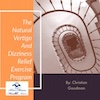 The Vertigo & Dizziness Program
The Vertigo & Dizziness Program The 3-Step Diabetes Strategy
The 3-Step Diabetes Strategy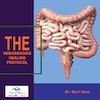 Hemorrhoids Healing Protocol
Hemorrhoids Healing Protocol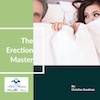 The Erectile Dysfunction Master
The Erectile Dysfunction Master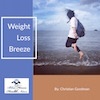 Weight Loss Breeze
Weight Loss Breeze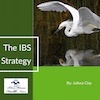 The IBS Program
The IBS Program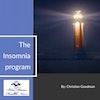 The Insomnia Program
The Insomnia Program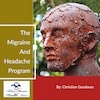 The Migraine and Headache Program
The Migraine and Headache Program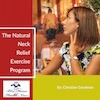 The Neck Pain Solution
The Neck Pain Solution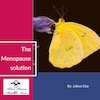 The Menopause Solution
The Menopause Solution The Ejaculation Master
The Ejaculation Master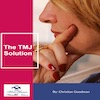 The TMJ Solution
The TMJ Solution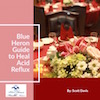 The Acid Reflux Solution
The Acid Reflux Solution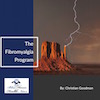 The Fibromyalgia Solution
The Fibromyalgia Solution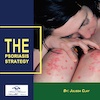 The Psoriasis Strategy
The Psoriasis Strategy